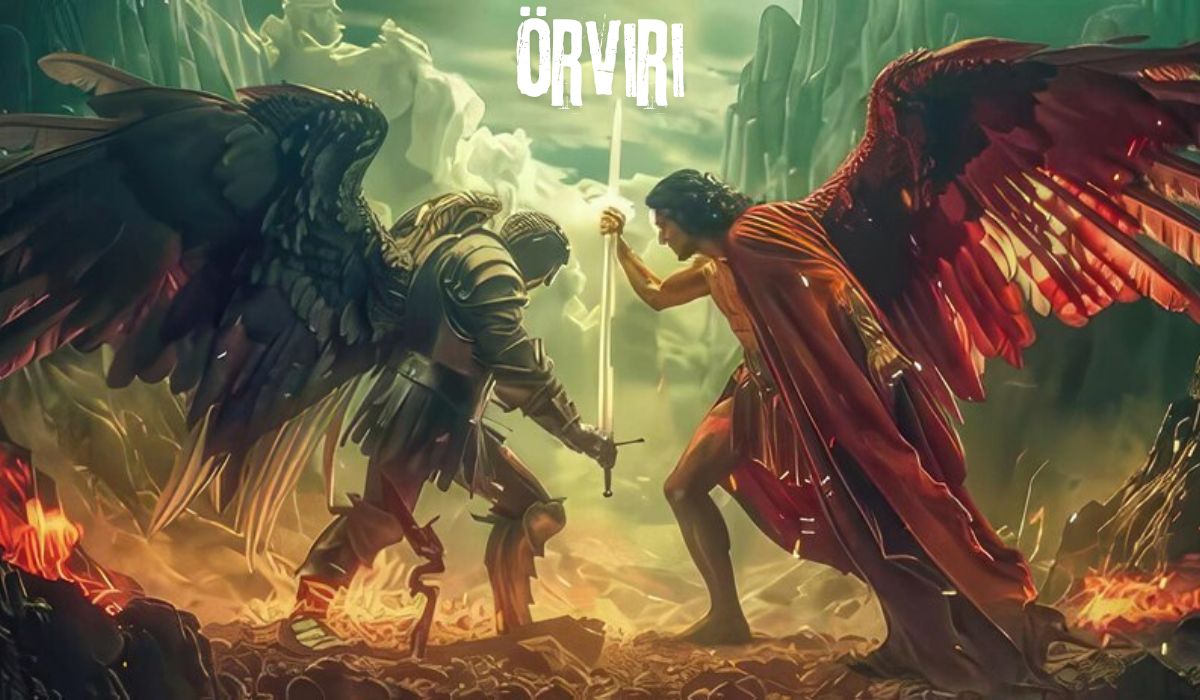Cow skulls are more than just remnants of cattle; they are rich in symbolism, deeply rooted in various cultures, and have inspired countless artists. From their role in ancient rituals to their place in contemporary decor, cow skulls continue to captivate people around the world. This article delves into the multifaceted significance of cow skulls, exploring their cultural, artistic, and symbolic dimensions. We will examine their use in rituals, their representation in art, and their growing popularity in modern interior design. By highlighting the versatility and enduring appeal of cow skulls, we aim to provide a comprehensive understanding of their impact across different spheres.
Cultural Significance of Cow Skulls
In many cultures, cow skulls are revered as powerful symbols of power, protection, and the eternal cycle of life and death. Native Americans hold the cow skull in high esteem as a potent emblem, especially in Lakota and Plains cultures. The buffalo, a revered and essential part of their culture, is closely linked to it. It is common practice to utilise the skull of a buffalo as a symbol of respect for the dead, direction from on high, and safety in ceremonies.
In Mexican culture, cow skulls also play a significant role, especially during Día de los Muertos (Day of the Dead). The skull, or “calavera,” is a prominent symbol during this festival, representing death and the celebration of life. Elaborately decorated skulls made of sugar or ceramic are used to honor deceased loved ones, highlighting the cyclical nature of life and death. The cow skull, in this context, is not just a symbol of mortality but also a reminder of the joy of life and the importance of remembering those who have passed.
Cow Skulls in Art
The striking appearance of cow skulls has made them a popular subject in art. The intricate shapes and textures of the skull, combined with its symbolic meanings, have inspired artists for centuries. One of the most famous depictions of a cow skull in art is Georgia O’Keeffe’s “Cow’s Skull: Red, White, and Blue.” O’Keeffe’s painting features a cow skull against a background of vibrant colors, representing the harsh beauty of the American Southwest. Her work captures the stark, enduring qualities of the skull, reflecting themes of nature, death, and resilience.
Numerous painters have used cow skulls in their pieces, not only O’Keeffe. Works of art such as paintings, sculptures, and installations make use of them. Artists can freely experiment with various textures, shapes, and compositions by utilising the skull’s organic form. Modern artists frequently employ cow skulls in their works to comment on transience, mortality, and the meaning of life. Their artistic usage reveals a deeper preoccupation with the natural environment and the eternal riddles of existence and mortality.
Symbolism of the Cow Skull
The symbolism of the cow skull is as varied as its cultural representations. At its core, the cow skull symbolizes strength and resilience. The fact that the skull remains long after the flesh has decayed speaks to the idea of endurance and the lasting nature of the spirit. In many cultures, the skull is also a symbol of protection. It was common for people to place skulls at the entrances of their homes or villages to ward off evil spirits. This practice continues in some traditions today, where cow skulls are used as protective talismans.
Another common association with the cow skull is death. A memento mori, or reminder of death and the fleetingness of life, is the picture of a skull. Rather than being depressing, this contemplation of death serves to heighten gratitude for the present moment. Death serves as a powerful reminder to live each day to the fullest, with meaning and purpose. For this reason, the cow skull is an apt metaphor for the delicate balancing act between life and death, serving as a constant reminder that we are all mortal.
Anthropological Importance of Cow Skulls
Anthropologists study cow skulls to gain insights into ancient cultures and their relationship with animals. Cow skulls found in archaeological sites can reveal a wealth of information about past societies. For instance, the presence of cow skulls in burial sites suggests that these animals held spiritual or ritualistic importance. The way skulls are arranged or decorated can indicate the beliefs and practices of a particular culture.
Moreover, the study of cow skulls can provide information about the domestication and use of cattle in ancient times. By examining the skulls’ wear and tear, anthropologists can infer the animals’ age, diet, and health. This data helps researchers understand the agricultural practices of ancient civilizations and the role cattle played in their economy and daily life. Thus, cow skulls are not just symbols but also valuable archaeological artifacts that offer a glimpse into the past.
Cow Skulls in Modern Decor
In recent years, they have become a popular element in modern decor. They are often associated with Western chic, bohemian, and rustic interior design styles. The natural beauty of the skull, combined with its symbolic meanings, makes it a unique and versatile decor piece. Many people choose to display cow skulls in their homes as wall art, centerpieces, or even functional items like lamps or candle holders.
Modern objects like cow skulls are very popular because they show how beautiful and artistic people are. Perhaps some fossilised skulls show more of the intricate bone structure than others. Some have been painted, carved, or adorned with feathers and beads to make them unique. Cow skulls can be used in both diversified and minimalist interiors due to their flexibility. Whether they’re large or small, cow skulls add a touch of history and personality to any space they adorn.
Cow Skulls in Fashion
Beyond decor, they have also found their way into fashion. The motif is popular in jewelry, clothing, and accessories, often associated with a rugged, free-spirited aesthetic. Cow skull jewelry, such as necklaces, rings, and earrings, often features intricate designs that highlight the skull’s natural beauty. These pieces are popular among those who appreciate a bohemian or Western-inspired style.
In fashion, it symbolizes a connection with nature and a sense of individuality. It is often worn by people who identify with the values of freedom, adventure, and nonconformity. The use of it in fashion is not just about aesthetics; it reflects a deeper cultural fascination with the American West and the wild, untamed landscapes it represents. As such, it continue to be a popular motif in fashion, appealing to those who embrace a bold and unconventional style.
Environmental and Ethical Considerations
It is important to address the ethical and environmental ramifications of using it, aside from their symbolic and artistic value. Even though skulls are a popular accessory, many artists are careful not to use skulls from animals that were domesticated or murdered in an inhumane way. Using cow skulls in this way prevents further harm to animals.
Moreover, the growing awareness of environmental issues has led to an increased demand for sustainable and eco-friendly decor. Replicas made from sustainable materials offer an alternative for those who want to incorporate the cow skull’s beauty into their homes without using real animal parts. These replicas can be made from materials like resin, wood, or metal and can be just as detailed and beautiful as the real thing.
The ethical sourcing and use of cow skulls reflect a broader movement towards sustainable living and mindful consumption. By choosing ethically sourced or replica skulls, consumers can enjoy the beauty and symbolism of cow skulls without compromising their values. This approach not only promotes ethical and sustainable practices but also helps preserve the cultural and symbolic significance of cow skulls for future generations.
Cow Skull Symbolism in Contemporary Culture
In contemporary culture, it has transcended its cultural origins to become a symbol of rebellion and nonconformity. It is commonly associated with the counter-culture movement, particularly in the music and fashion industries. Bands, especially those in the rock and metal genres, often use cow skull imagery in their logos, album covers, and merchandise. The skull’s association with mortality and the darker aspects of life resonates with the themes of these genres.
On top of that, tattoos featuring they have recently gained popularity. People who relate to its meaning of fortitude, perseverance, and accepting one’s own death generally choose it. The tattoo may serve as a constant reminder of the transience of life and the need of savouring every moment. This is just one more way of a potent symbol in modern society, signifying many things to many people.
Conclusion
A symbol of strength, protection, and life cycle, holds cultural significance in Native American and Mexican traditions, art, and modern decor.
It offer unique artistic explorations, revealing prehistoric cultures and animal interactions. Modern cow skulls are a bohemian, rustic, or Western-inspired accessory, combining organic beauty with individual expression.
A symbol of nature and human experience, transcends physical form, influencing rituals, art, and everyday life, fostering a deeper understanding of the world.
FAQs
1. What do cow skulls symbolize?
It symbolize strength, protection, resilience, and the cycle of life and death.
2. Why are cow skulls popular in decor?
They add a rustic, natural element to interiors and are versatile in styles like bohemian and Southwestern.
3. Do ceremonies include the usage of cow skulls?
The use of these objects in rituals to honor the departed and ask for their protection is common in many cultures.
4. What are some artistic uses for cow skulls?
One prominent method artists explore themes of nature and mortality is via the use of it in visual art.
5. Using cow skulls as decorative pieces is unethical, right?
As a decorative piece, skulls crafted from actual or faux animal parts are seen as more morally acceptable.





5 thoughts on “Cow Skulls the Timeless Allure : Cultural, Artistic, and Symbolic Perspectives”